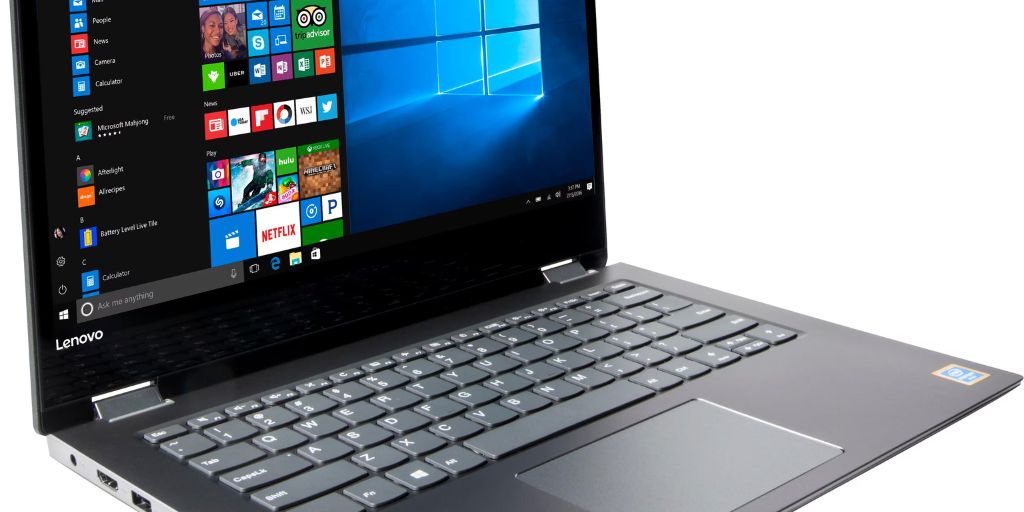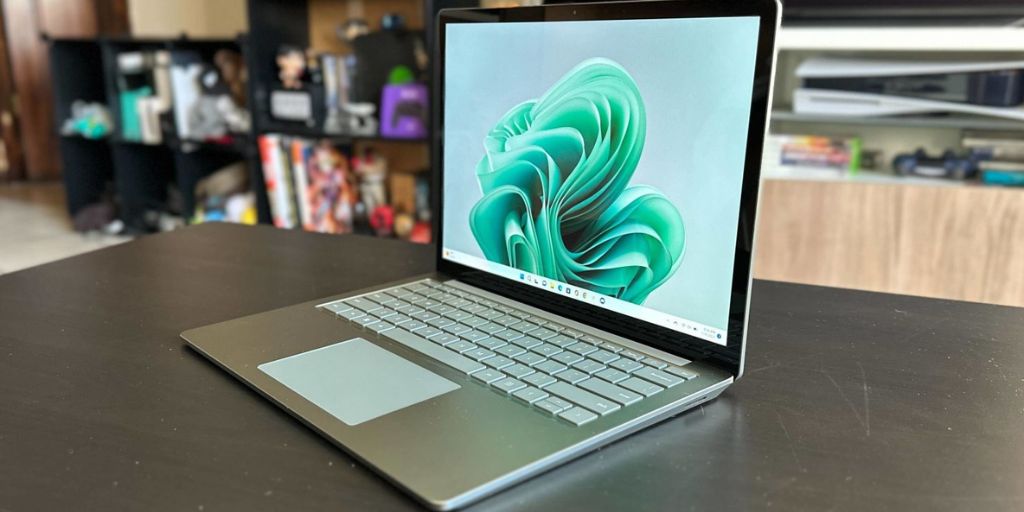It’s a modern nightmare—pressing the power button on your laptop and getting nothing. No fan noise, no screen light, no logo. Whether you’re dealing with a completely unresponsive machine or one that powers on but doesn’t boot, a laptop that won’t turn on can feel catastrophic.
Before you panic or head straight to a repair shop, there are several troubleshooting steps you can take. Many causes behind a dead laptop are simple and fixable—ranging from a drained battery to minor hardware glitches.
This guide covers common reasons why your laptop won’t turn on and practical solutions to bring it back to life.
🔋 Step 1: Check the Power Supply
The most basic issue is often a lack of power.
🔌 Try a Different Power Adapter or Outlet
-
Plug the charger into a different wall outlet to rule out a bad socket.
-
Check for any damage to the charger cable—kinks, exposed wires, or bent tips can mean it’s not delivering power.
-
If possible, try using another compatible charger.
💡 Look for Charging Indicators
-
Does the charging light on your laptop come on when plugged in?
-
If the battery indicator LED doesn’t light up, your charger or battery may be faulty.
⚠️ If the power adapter feels unusually hot or emits a burning smell, stop using it immediately.
🔁 Step 2: Perform a Hard Reset
Sometimes a hardware or firmware glitch can cause the laptop to become unresponsive.
💻 For Removable Battery Laptops:
-
Turn off the laptop (if it’s on).
-
Unplug the power adapter.
-
Remove the battery.
-
Press and hold the power button for 15-30 seconds to discharge residual electricity.
-
Reinsert the battery and charger.
-
Try turning the laptop back on.
🔋 For Non-Removable Battery Laptops:
-
Simply press and hold the power button for 30 seconds to 1 minute to force a hardware reset.
-
On some models, pressing a tiny pinhole reset button (using a paperclip) may also work—check your laptop’s manual.
🧠 Step 3: Disconnect External Devices
USB devices and peripherals can sometimes interfere with the boot process or cause short circuits.
Remove All External Hardware:
-
Unplug USB drives, external hard disks, printers, HDMI cables, SD cards, and any dongles.
-
Try powering on the laptop without anything connected.
If the laptop turns on afterward, reconnect devices one at a time to find the culprit.
💻 Step 4: Look for Signs of Life
Now that power issues are ruled out, check if your laptop is giving you subtle clues.
Watch for:
-
Fan spinning
-
Keyboard lights (Caps Lock, Num Lock)
-
Screen backlight flicker
-
Startup sounds or beeps
If your laptop makes noises but the screen stays black, it may be booting without displaying.
🖥️ Step 5: Test the Display
If you hear signs of activity (like fan movement) but nothing shows on the screen, the issue might be with the display.
Try These Display Fixes:
-
Connect to an external monitor via HDMI or VGA. If the external monitor displays correctly, the laptop screen or display cable could be the issue.
-
Shine a flashlight at an angle on the screen—if you see a faint image, your backlight or inverter might be faulty.
For touchscreen laptops, display issues can sometimes be mistaken for total power failure.
🔧 Step 6: Check for Beep Codes or LED Patterns
Some laptops use audible beep codes or blinking LED patterns to signal hardware issues during POST (Power-On Self-Test).
What to Do:
-
Count the number and pattern of beeps or blinks.
-
Look up the code in your laptop’s support documentation or manufacturer’s website.
Common causes include:
-
RAM issues
-
Motherboard faults
-
GPU failures
🧩 Step 7: Reseat RAM and Storage (Advanced)
If you’re comfortable opening up your laptop, reseating the internal hardware can help.

How to Reseat RAM:
-
Power off the laptop and unplug it.
-
Remove the back panel.
-
Gently release the RAM stick(s) and reinsert them securely.
-
Replace the panel and try turning the laptop on again.
The same approach applies to removable SSDs or hard drives. A loose connection can sometimes prevent the system from booting.
⚠️ Only attempt this if your laptop’s warranty allows user access, and always ground yourself before touching internal components.
🔐 Step 8: Reset BIOS/UEFI
A corrupted BIOS setting can prevent startup.
Reset BIOS:
-
On some laptops, holding F2, DEL, or ESC during boot lets you access the BIOS menu.
-
Look for an option to “Load Default Settings” or “Reset BIOS.”
-
Save and exit.
If your laptop doesn’t boot into BIOS at all, some devices have a CMOS battery or pinhole reset to restore BIOS defaults—consult your manufacturer’s guide.
🧑💻 Step 9: Boot Into Safe Mode or Recovery (If Possible)
If your laptop turns on but crashes or gets stuck:
For Windows:
-
Force shutdown the laptop 2–3 times during boot to trigger Windows Recovery Mode.
-
Choose “Startup Repair” or “Boot into Safe Mode” from the options.
For macOS:
-
Hold Command + R during boot to enter macOS Recovery.
-
From here, you can run Disk Utility, reinstall macOS, or restore from a Time Machine backup.
🛠️ Step 10: Seek Professional Help
If none of these steps resolve the issue, it’s likely a hardware failure involving:
-
Motherboard
-
Power IC
-
GPU
-
Internal power circuitry
In this case:
-
Contact the laptop manufacturer’s support.
-
Check if your device is still under warranty.
-
Visit a certified repair center for diagnosis.
🧼 Bonus Tip: Prevent Future Power Failures
To reduce the chances of this happening again:
-
Avoid using third-party or cheap chargers.
-
Keep vents clear to prevent overheating.
-
Update firmware and drivers regularly.
-
Use a surge protector to guard against power fluctuations.
Final Thoughts
A laptop that won’t turn on can be frustrating, but many causes are more fixable than they first appear. From checking power connections to reseating RAM, this guide helps you troubleshoot confidently before calling for help.
In many cases, a dead laptop isn’t dead—it’s just unresponsive. With methodical steps, you can revive it or at least figure out the next best course of action without guesswork.




